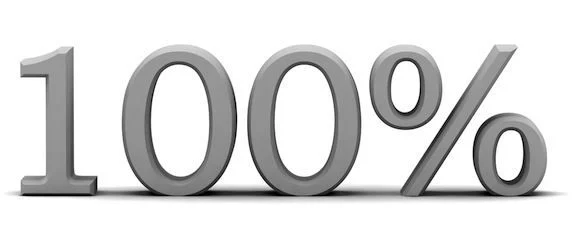A Swiss project in a multicentre private radiology clinic, which was presented at the European Congress of Radiology this week evaluated the quality of radiology reporting. Presenter Dr. Tarek Laswad, from the Groupe 3R, Réseau Radiologique Romand in Switzerland, emphasised that the aim was not peer review, but to evaluate the quality of the elements of the report, as the clinics have moved from free text to structured reporting. The study's aims were to recognise the main quality criteria of reporting, identify the most common reporting mistakes and improve reporting skills.
246 reports by 12 radiologists were evaluated. They used 32 quality criteria for theeEvaluation. These included:
- Title - does it correspond to the study done
- Side Does it specify the side
- Problem is the Problem clearly expressed?
- Referral - is the text of the referral note reported
- Previous studies -are previous studies mentioned?
- Contrast - Is contrast mentioned?
- Conclusion - In the conclusion was the question answered - was it precise as to size, side, grading and comparison with previous reports.
- Clarity of conclusion.
Minus points were allocated according to what the report left out. A score of 100 was excellent, greater than or equal to 97 was good, and below 97 was sub-optimal. One third of the reports were excellent, one third good and one third sub-optimal. They found that more mistakes were made when the reports were still free text and not structured. Common mistakes were in the title, side, comparison, clear conclusion and recommendation.
Latest Articles
Radiology, Quality, reporting, ECR 2014
A Swiss project in a multicentre private radiology clinic, which was presented at the European Congress of Radiology this week evaluated the quality of rad...










